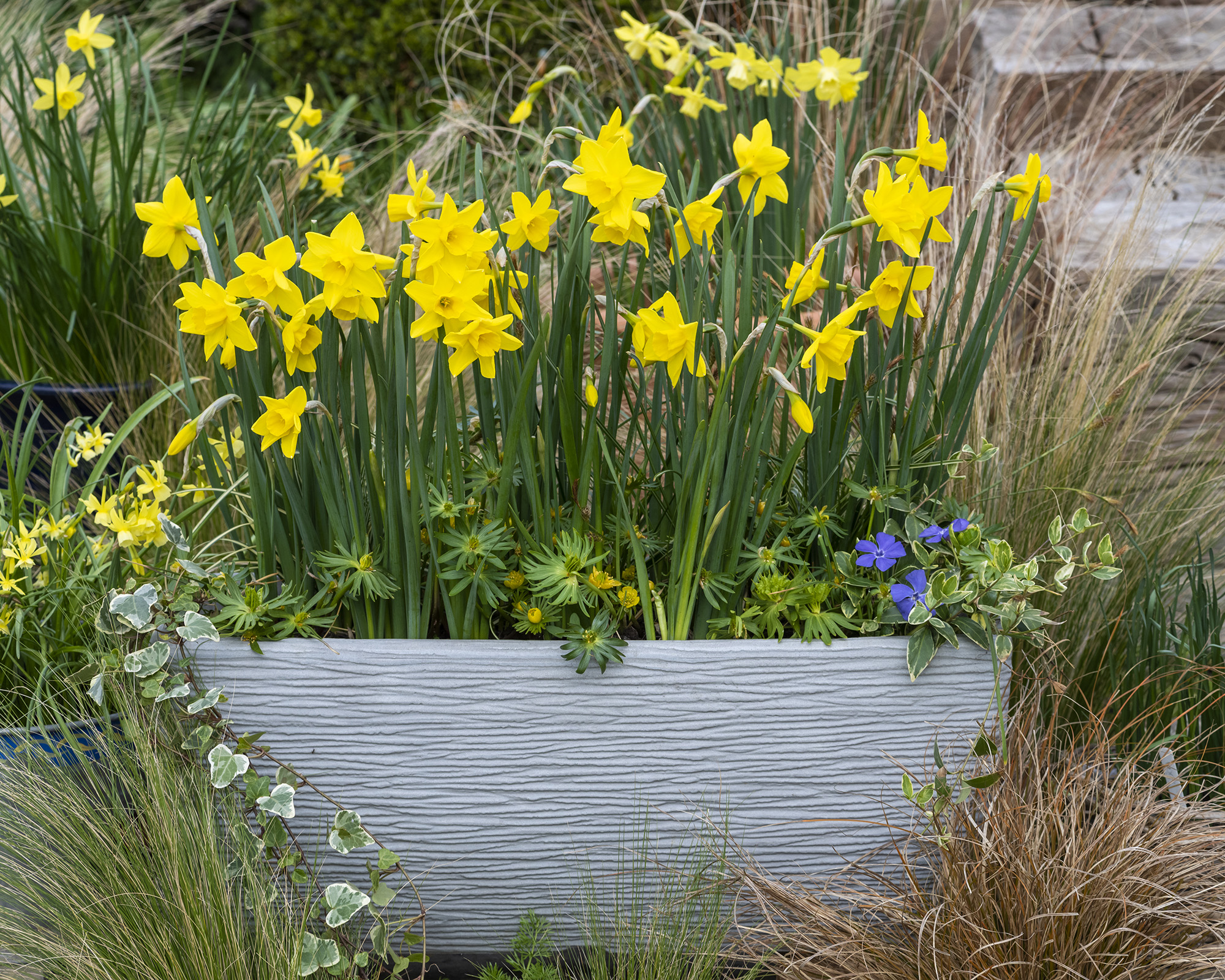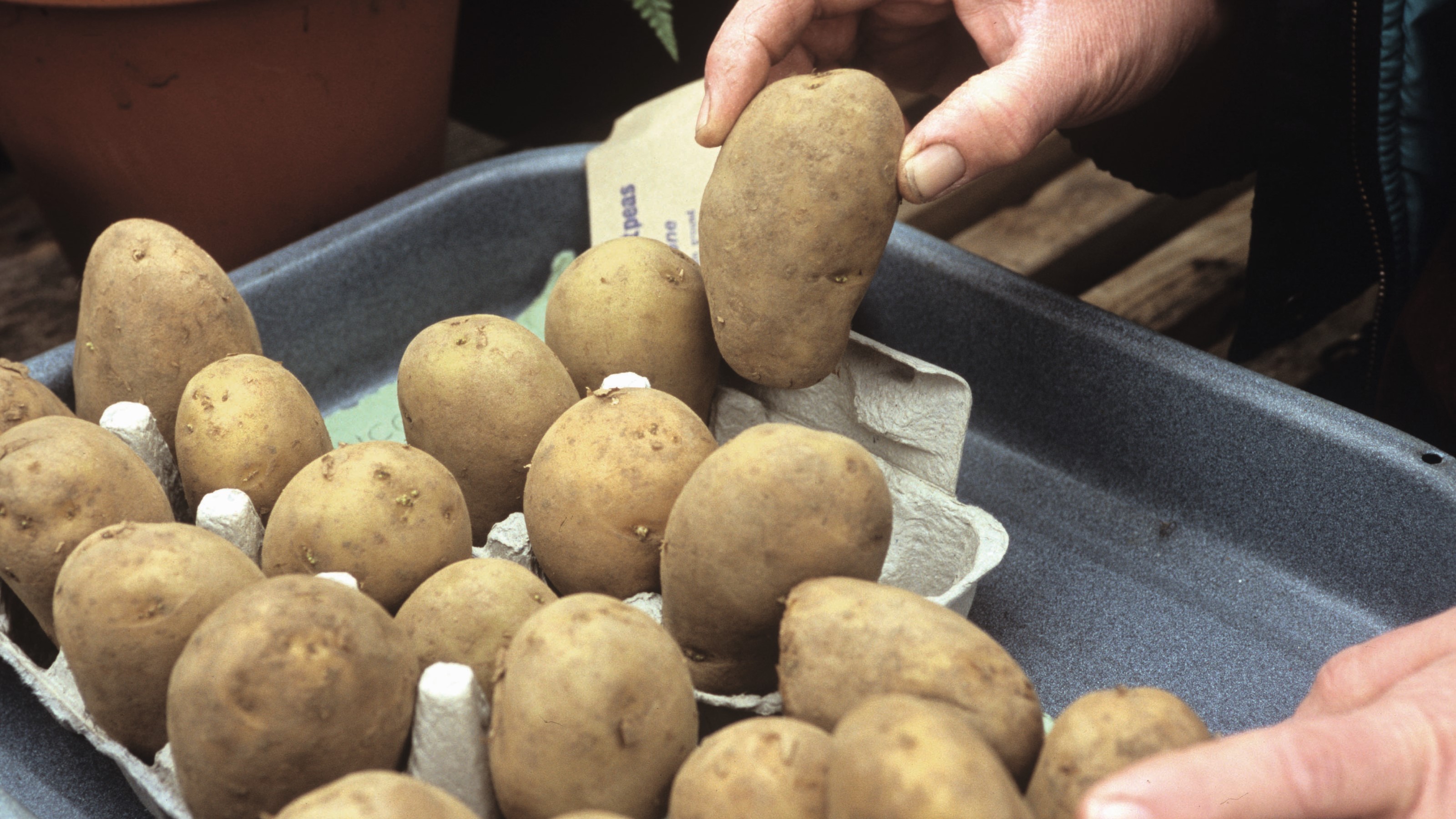Circular patio ideas: 14 ways to create a round seating area
Perfect for adding an elegant focal point, these circular patio ideas will transform backyards big or small
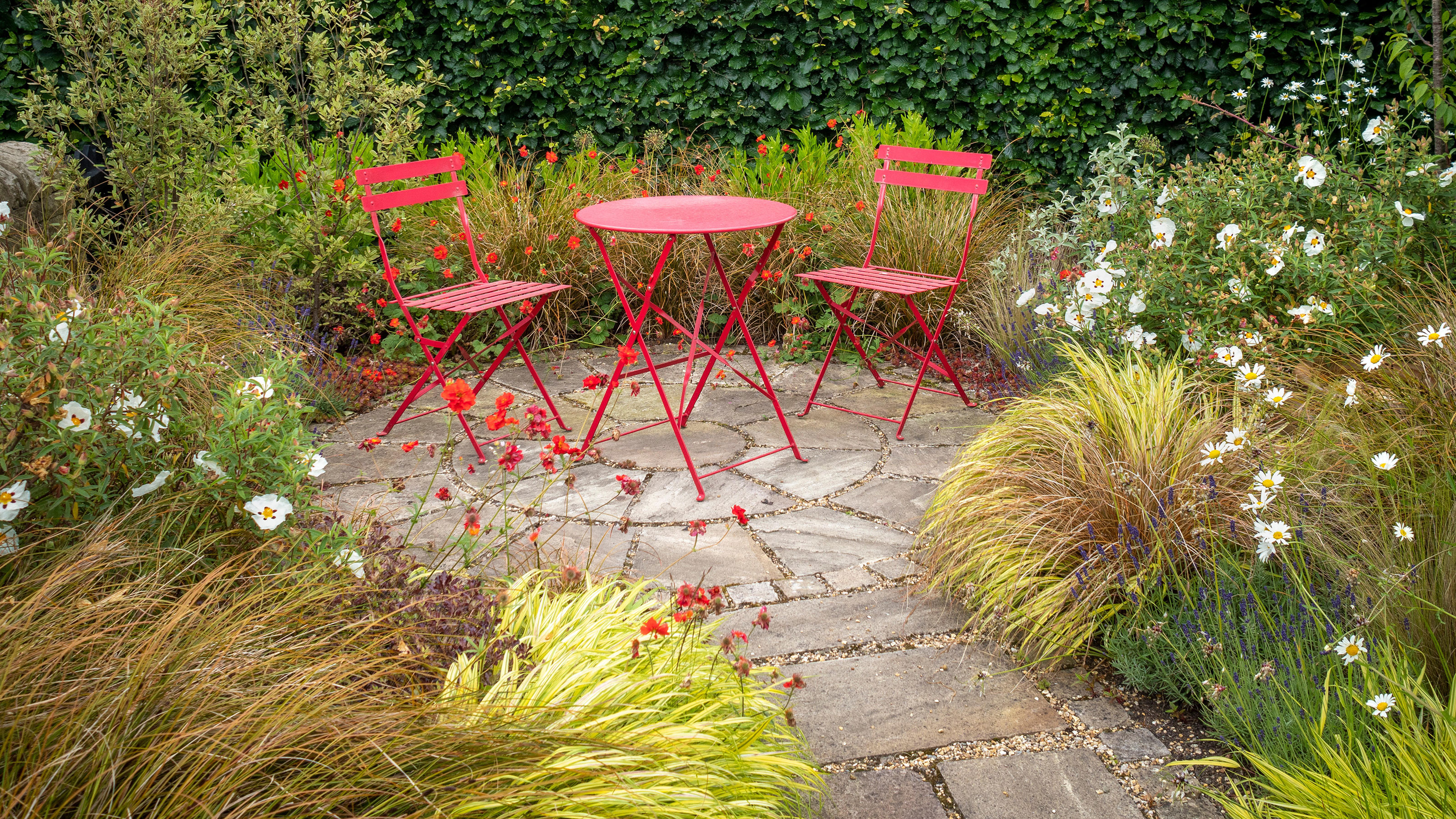

If it's time to update your outdoor seating space, circular patio ideas can introduce both practicality and elegance to your backyard. A more refined alternative to the standard square or rectangular area of paving, a rounded patio is easier on the eye, more straightforward to integrate with planting and hugely practical too.
It will also add impact and interest to your garden layout, carving out curving beds that cry out for imaginative planting and the opportunity for building curved walls, seating and raised borders.
Where you choose to place your circular patio ideas can also alter the look and feel of your outside space. Opt for a central position, surrounded by planting or lawn, to create a smart and formal feel. Tuck the patio into a corner and the impression is more intriguing, intimate, and secluded.
Think also about its level compared to the rest of your plot. Sink it down – even slightly – and you have the perfect chillout lounge area, with curved built-in seating and a central firepit. If you raise it up, you could create a sun basking deck and take advantage of a glorious view or extra evening sun.
Introduce curves with 14 stunning circular patio ideas
Swap hard lines and boring shapes for the more welcoming curves of these circular patio ideas. Perfect for yards big and small, they're a brilliant way to rethink your patio paving.
1. Use circles to soften hard landscaping
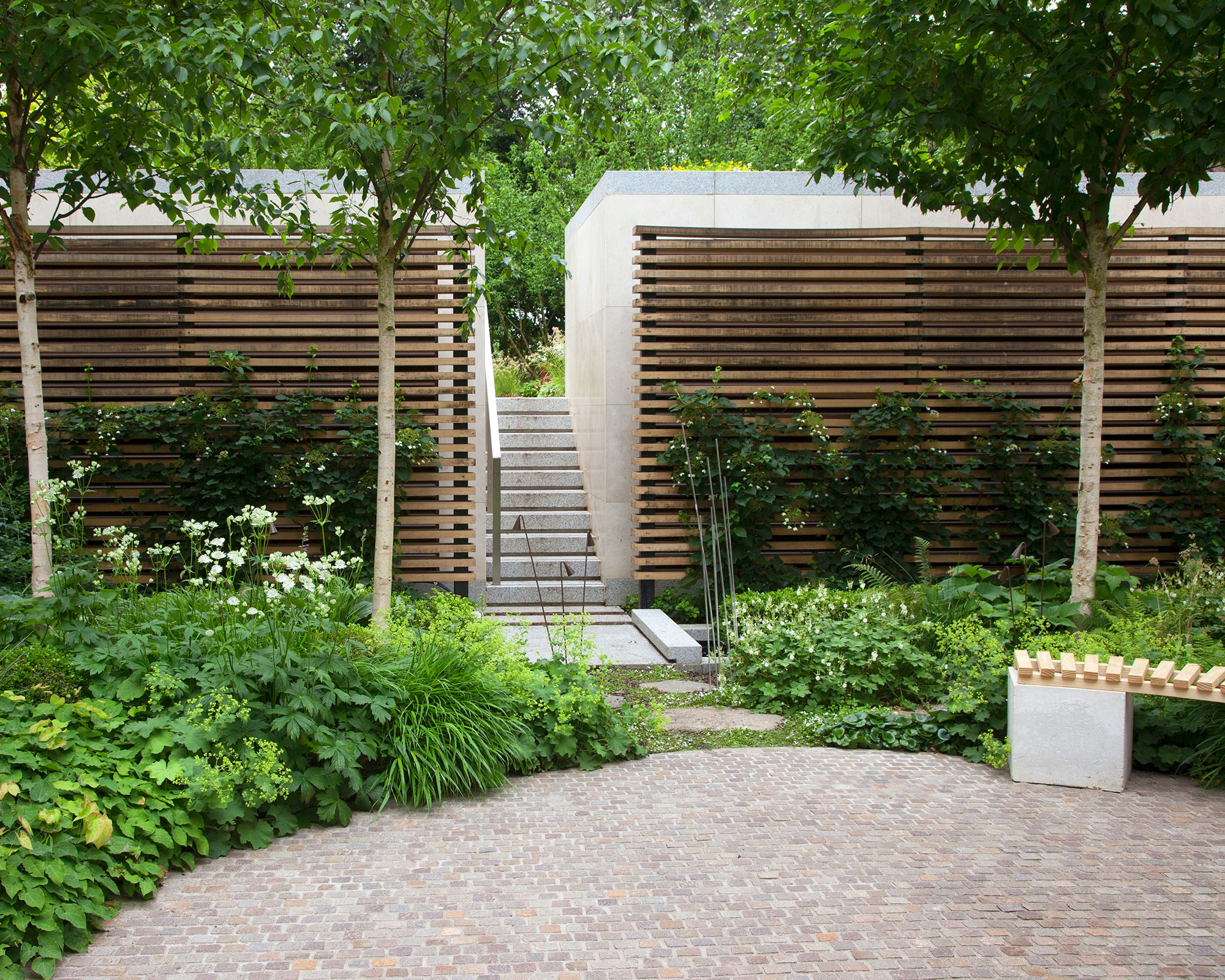
Planting will soften the edges of your paved area
Circular shapes naturally have a softer, more elegant feel, so designing a patio in this shape will help to offset the harder lines of paving, fences and walls.
In this stunning garden, the circular cobbled patio creates a secluded seating area nestled amongst the planting. Surrounded by flower beds, it's a calm space to enjoy the natural surroundings.
The woodland-style planting is used as natural patio edging, helping to soften the paving materials further. Repeating the slatted wooden materials on the bench and the walls in the distance links the different zones of the garden.
2. Arrange patio seating in a circle for a cozy vibe
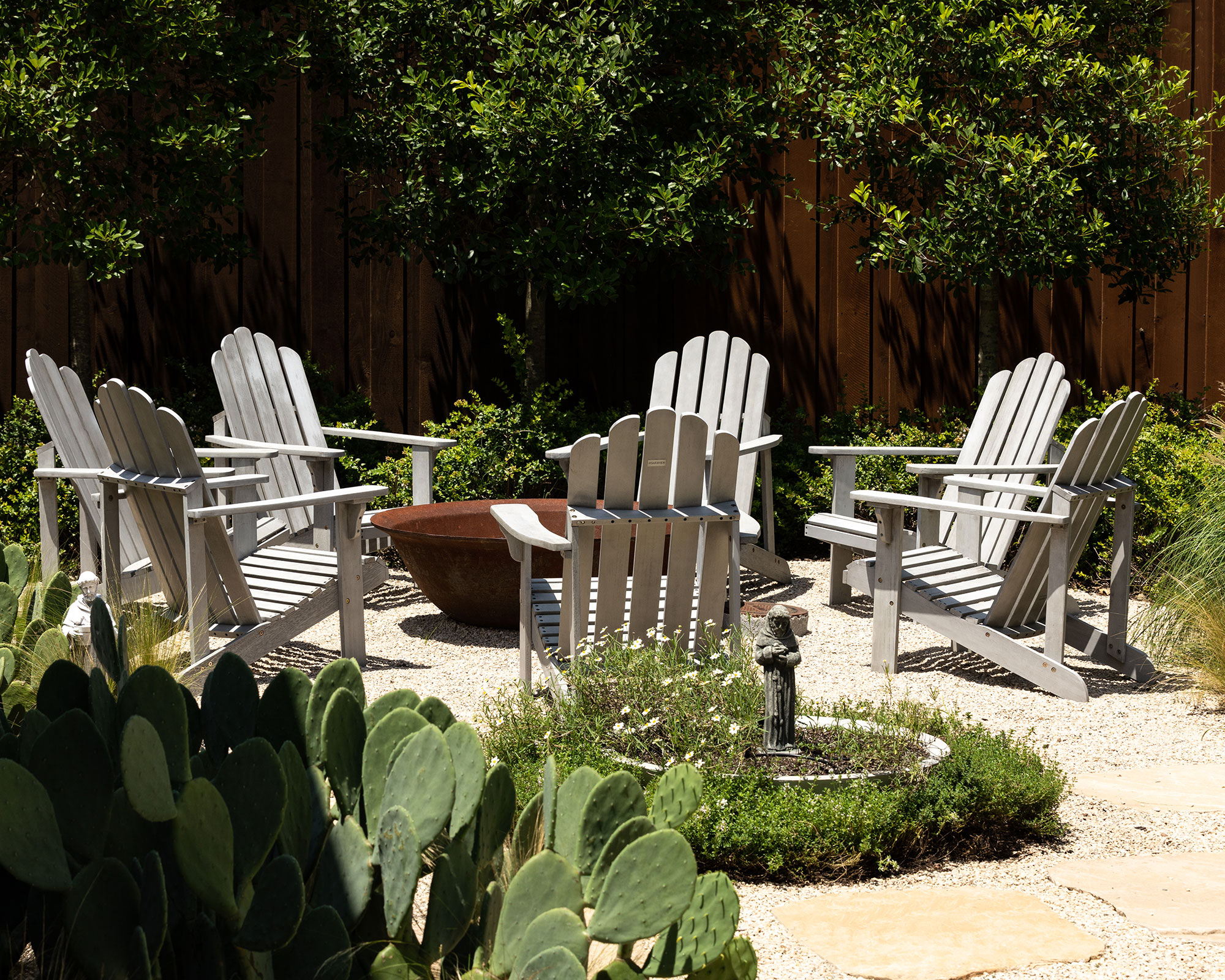
Add a fire pit as a focal point for your circular patio. Project by Maestri Studio
If fire pit patio ideas are top of your agenda, you'll love this idea for styling up your circular space.
Arranging your furniture in a circle is an easy way to echo the shape and style of your paved space, creating a welcoming, cozy patio for evenings gathered around a roaring fire. Matching Adirondack chairs are a smart choice for maximum lounging potential, but you could recreate a similar vibe with a mix of outdoor beanbags and large floor cushions.
3. Construct a circular party deck
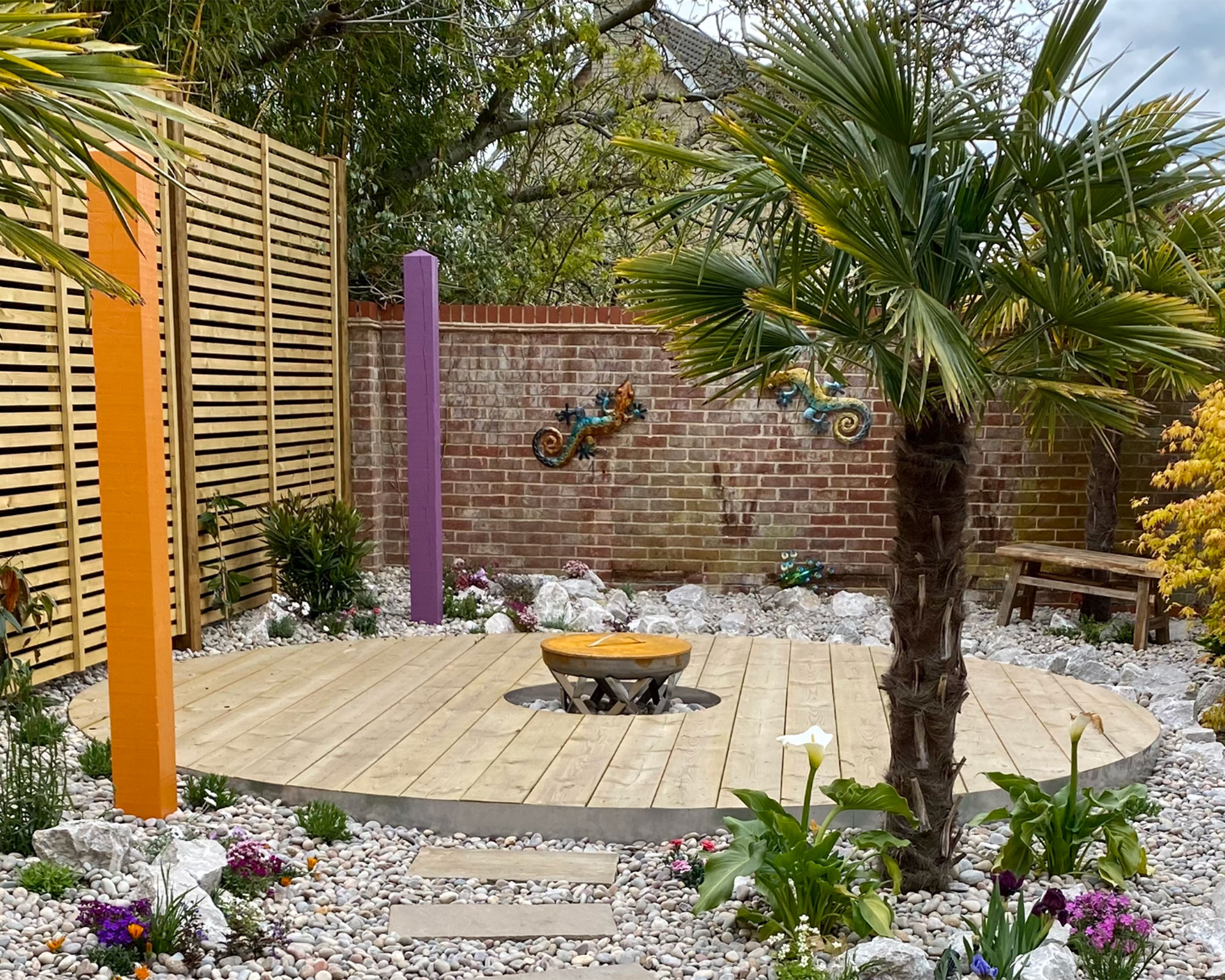
A circular decked patio is ideal for an entertaining space. Design by Reubens Landscapes
Looking for a low maintenance garden with tons of room for entertaining? Opting for a dry garden with circular deck and central fire pit is a great solution. Not only does it gather everyone together and make a great focal point, the shape also makes a small patio feel much bigger. This is especially true if the decking boards are laid running down the length of the plot, away from the main viewpoint.
Raising the deck slightly is a simple but very effective way to differentiate the social space from the dry planting area. Wooden decking boards are laid on a sturdy timber framework and the inner and outer edges neatened by a flex stainless-steel strip, creating a smart and streamlined finish.
4. Create a gravel clearing
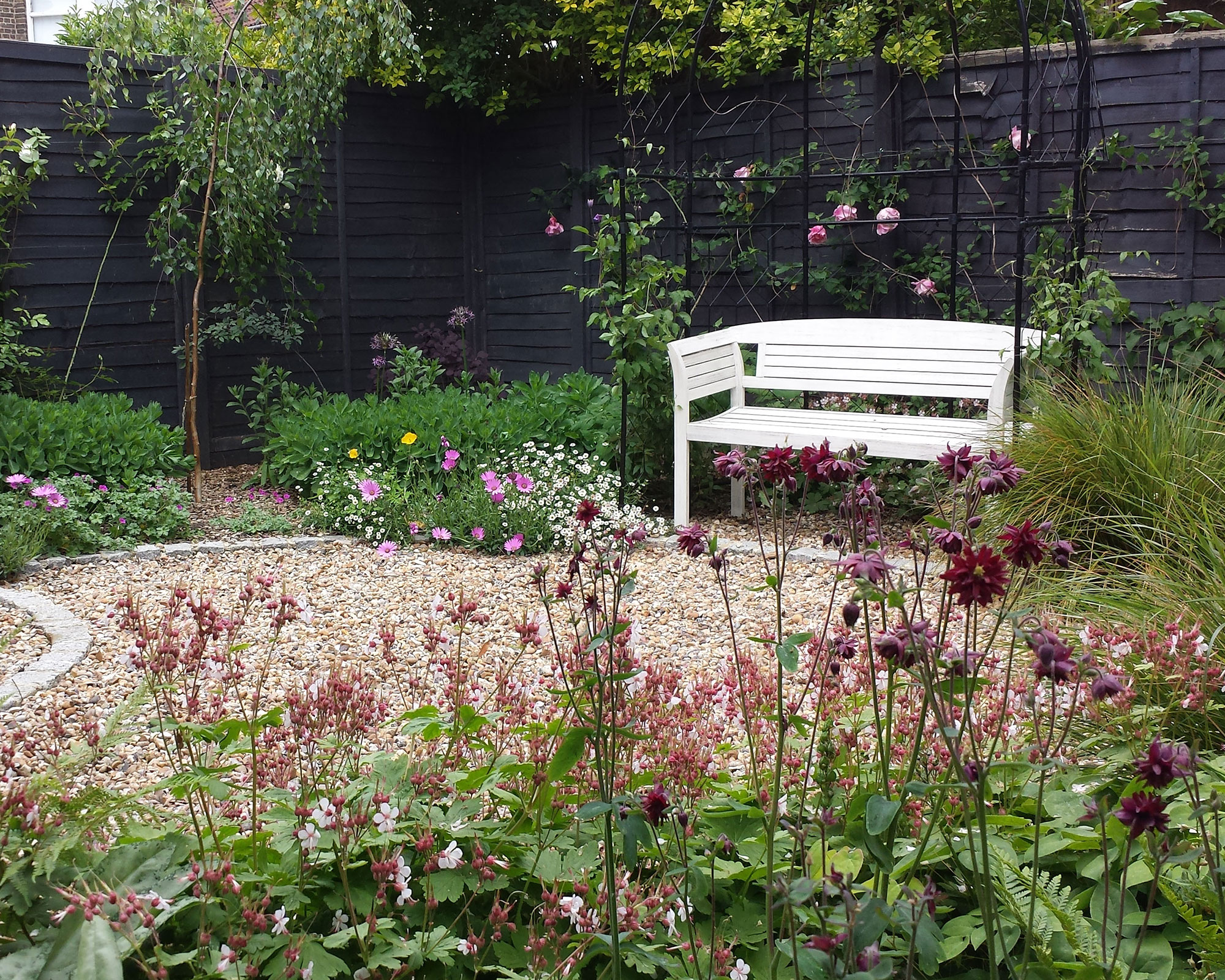
This gravel patio by Fenton Roberts gives the space a relaxed, informal feel
Perhaps the easiest way to create your circular patio ideas is with gravel and edging stones. Ideal for an informal look, it is relatively quick to lay, especially if you are already working with a firm, level surface.
If you're going to include gravel patio ideas in your plot, it is worth laying a landscape membrane over the surface, before adding the gravel or chippings, as this will let rainwater drain through while also suppressing weeds. Aim to have a layer of aggregate that is around 2in (5cm) deep and go for a stone size of 20mm to prevent the gravel from ‘walking’ onto nearby surfaces, and more importantly travelling into the house.
Garden designers Fenton Roberts have used gravel in many of their designs. They show that pale stones make a particularly striking – and calming – contrast when the surrounding boundaries are painted in a dark shade. Here, soft, sprawling planting which includes Osteospermum, erigeron and hardy geraniums add to the peaceful, relaxed feel.
5. Go formal with a paving circle
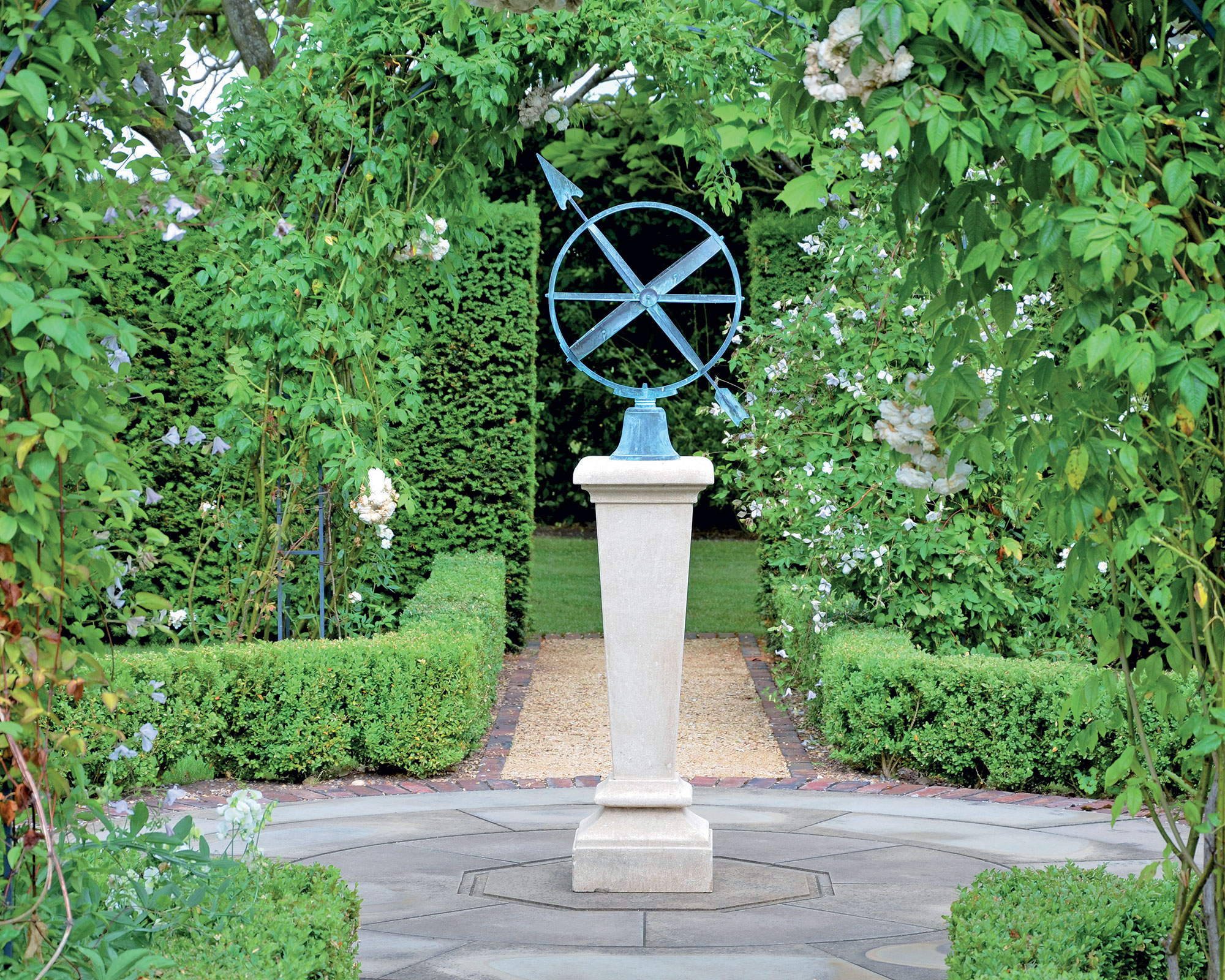
Like them or loath them, paving circles are unbeatable when it comes to adding formality to small courtyard garden or a section of a larger plot.
Drawing inspiration from Roman courtyards and the French formal gardens of the 17th and 18th centuries, these small areas of paving, often with a central fountain or statue, are typically placed center stage in secluded parts of a larger garden and surrounded with high clipped hedges or even brick walls for shelter and privacy. The same format remains popular today – and is a great way to introduce a feeling of grandeur and elegance to an outside space.
While there are no strict aesthetic design rules to follow today, you can give your patio flooring a more romantic approach by surrounding paved circles with low clipped hedging or step-over fruit trees, fragrant rose arches and pale stone centerpieces.
6. Use contrasting paving to create interesting shapes
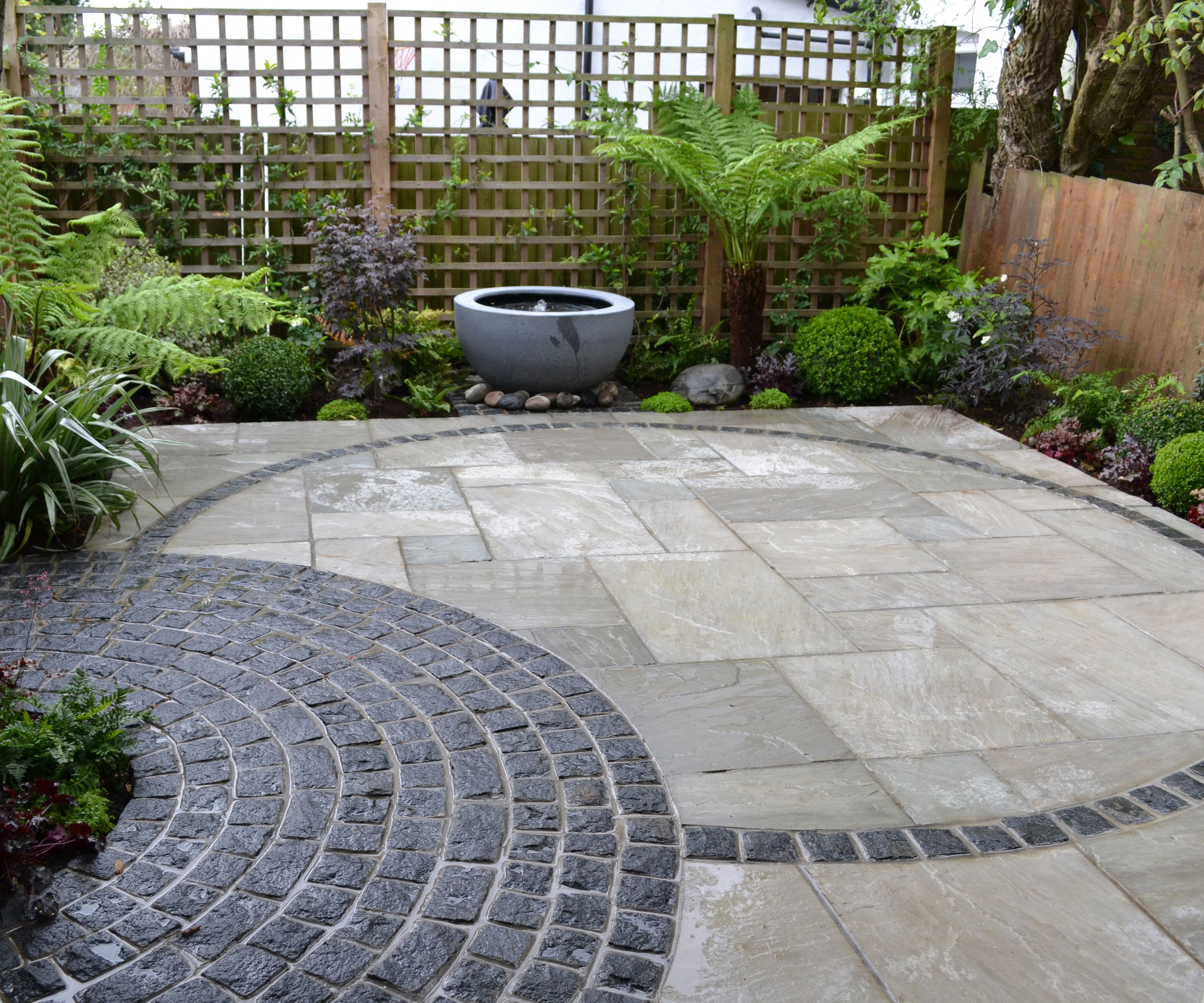
Natural Black Granite Setts from London Stone have been used to create the circular details in this small patio
Simplicity is often key when it comes to designing circular patio ideas. Although great for adding interest to smaller spaces, a circular design can sometimes fail to provide enough practical space for a comfortable outdoor seating or dining area.
The solution? Draw circles within an angular area of paving and use contrasting patio materials to highlight the different shapes.
‘Black granite setts have a consistent rich, dark coloring that injects an instant feel of luxury into a design and makes a stunning contrast to lighter toned paving or planting,' says the team at London Stone. 'The strong lines of the granite setts are perfect for contemporary designs and adding interesting detailing.’
Echo the circular motif within the space by including circular planting beds, clipped box spheres and a toning water feature.
7. Design a hidden seating space
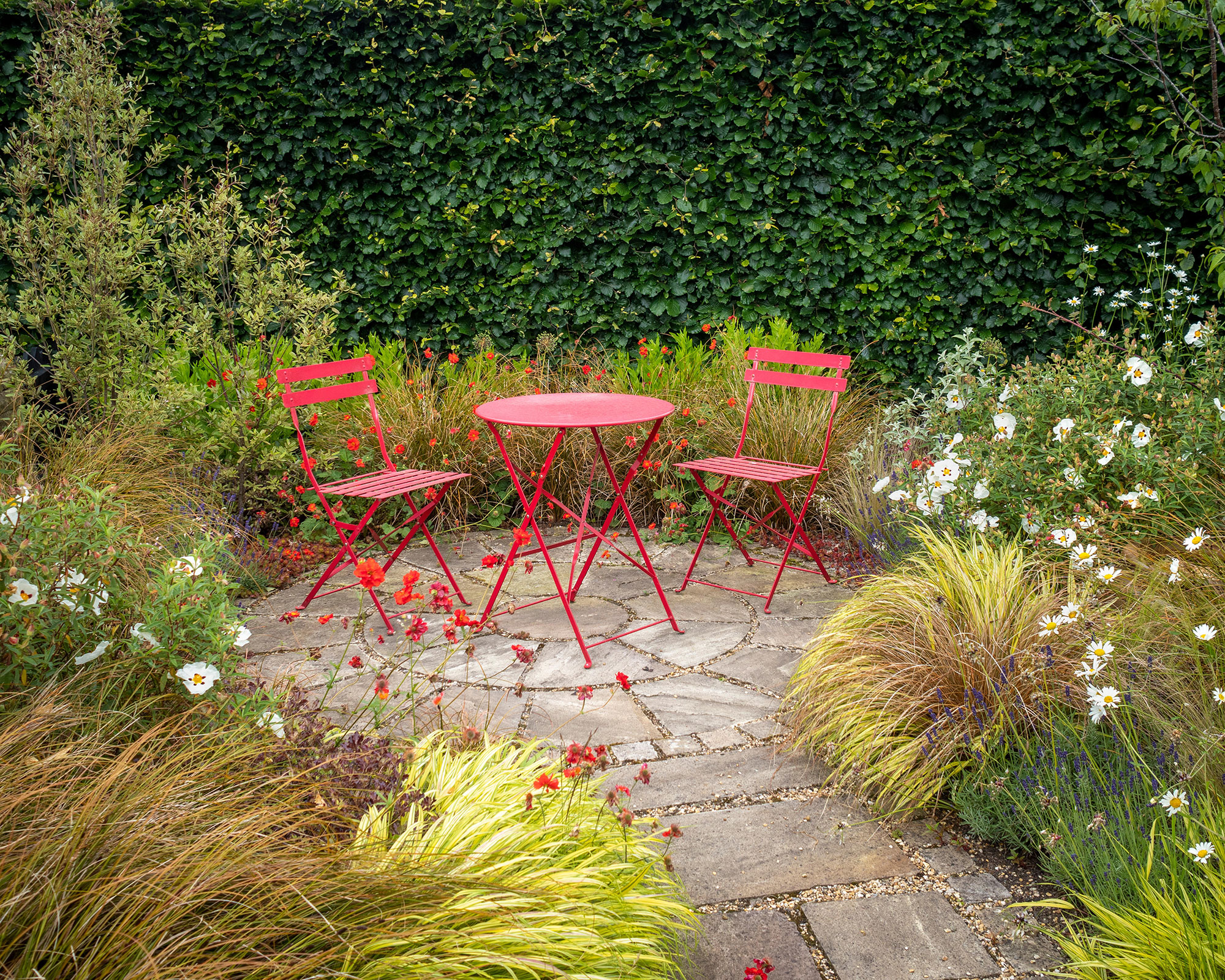
One of the best things about circular patio ideas is that they don't have to take up much space. In fact, adding a small circle of paving to a hidden corner of your plot is a really simple way of creating an outdoor seating area that's tucked out of sight from the house or a larger patio elsewhere in the garden.
To help screen it from view, opt for loose and airy planting with different types of ornamental grass surrounding the paved space.
8. Add curved walls to a circular patio
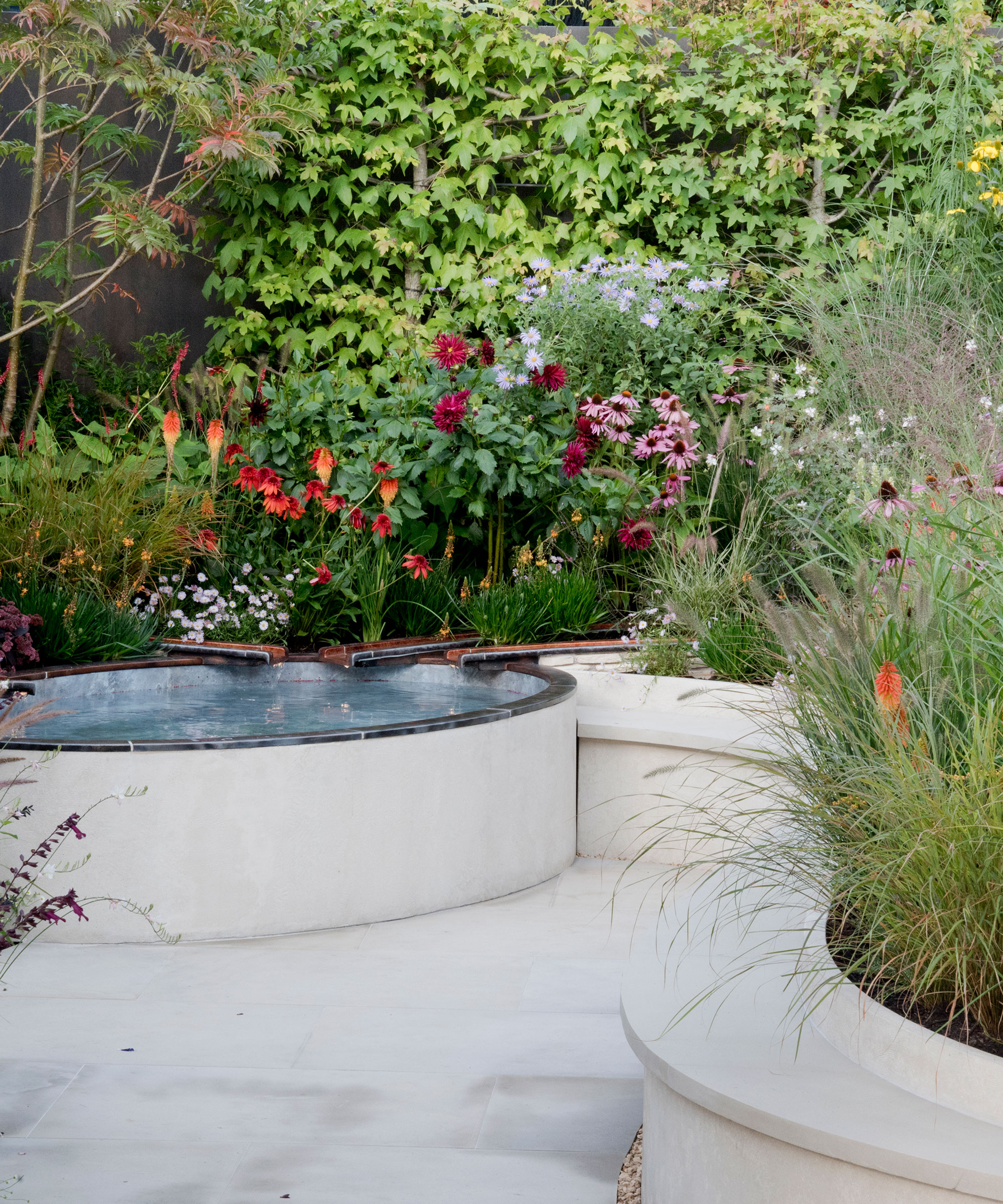
Lower your curved patio and surround with flower beds for a stunning seating area
A circular patio and seating area is ideal for gathering friends and family, but why not make it extra special by sinking it down and wrapping it with a low wall? Creating a comforting sense of warmth and intrigue, it’s a brilliant way to entertain and add a sense of occasion to the most laidback of gatherings.
What's more, including low retaining walls as part of your patio landscaping ideas allows flower beds to be raised up, so the planting is at eye level when you're sitting down. The low walls can also make useful extra seating for more informal get-togethers.
If you want to take your circular patio ideas a step further, we love how the shape of the paved space is repeated in the bespoke water feature at the far end of the patio.
9. Celebrate clean curves and simple geometry
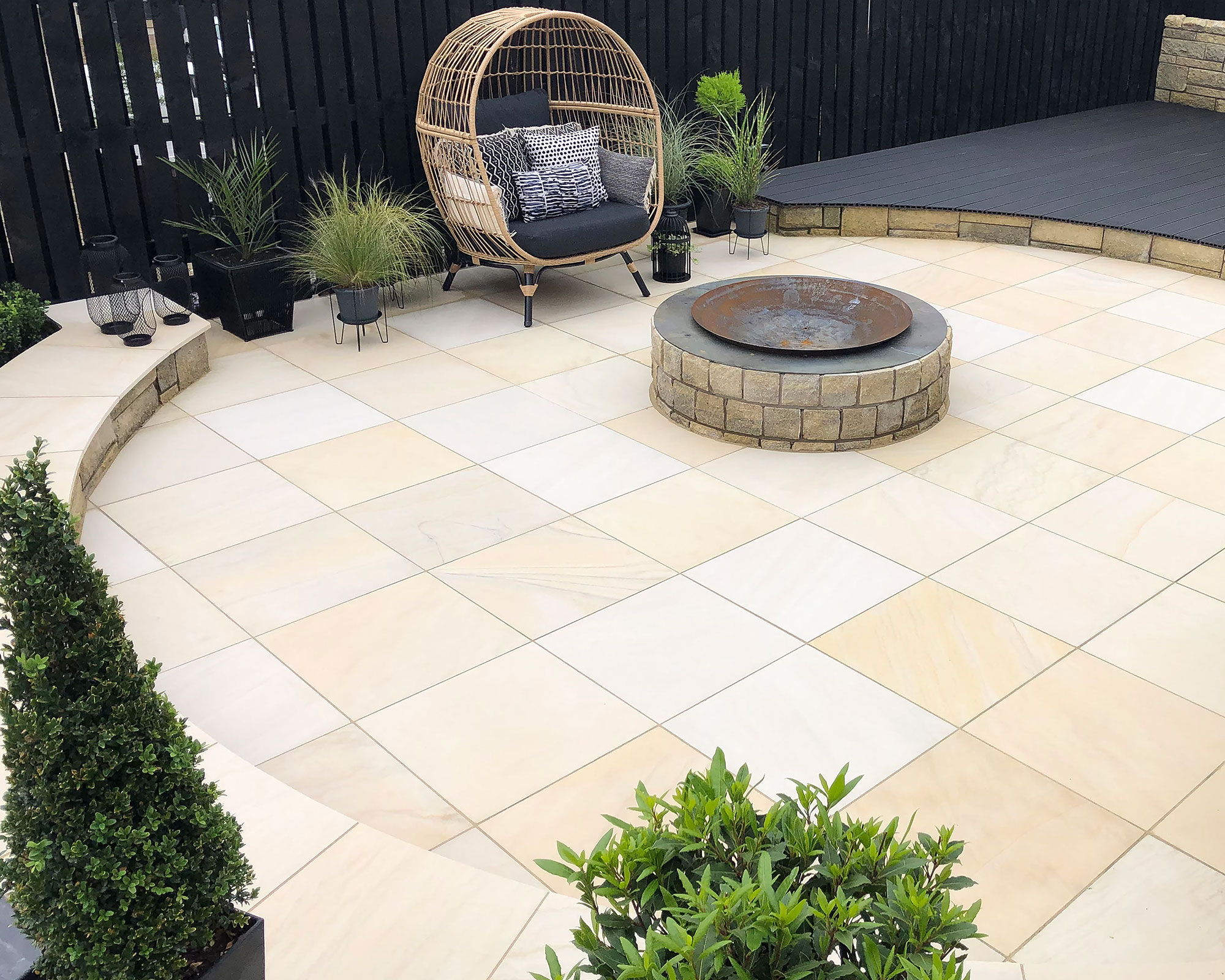
Enhance the feeling of space with pale-colored paving, such as this Sawn Mint sandstone paving from Nustone
There’s infinite beauty in the simplicity of a circle. Perfectly balanced and supremely elegant, they also have the power to inject interest and drama into our predominantly square and rectangular outside spaces.
Placing a circular area of paving directly in the center of an angular plot will immediately create a sense of formality, encouraging the rest of the design to be symmetrical and somewhat predictable. But by offsetting a circle within a square or rectangular garden you can instantly create tension and interest, creating different size wedge-shaped beds ideal for planting or laying contrasting materials.
Accentuate a bold circular design by opting for large scale paving or outdoor tiles in a smooth, uniform finish. Paving slabs with crisp diamond sawn edges laid with narrow joins, and point to point, quietly emphasize the simplicity of the design. Mark any changes in level with neat, precise overhangs and consider a monochrome palette for the ultimate in chic.
With a pale colored circular patio like this one, following our tips on how to clean a patio quickly and efficiently will be key to keeping it looking its best.
10. Mix and match interlocking circles
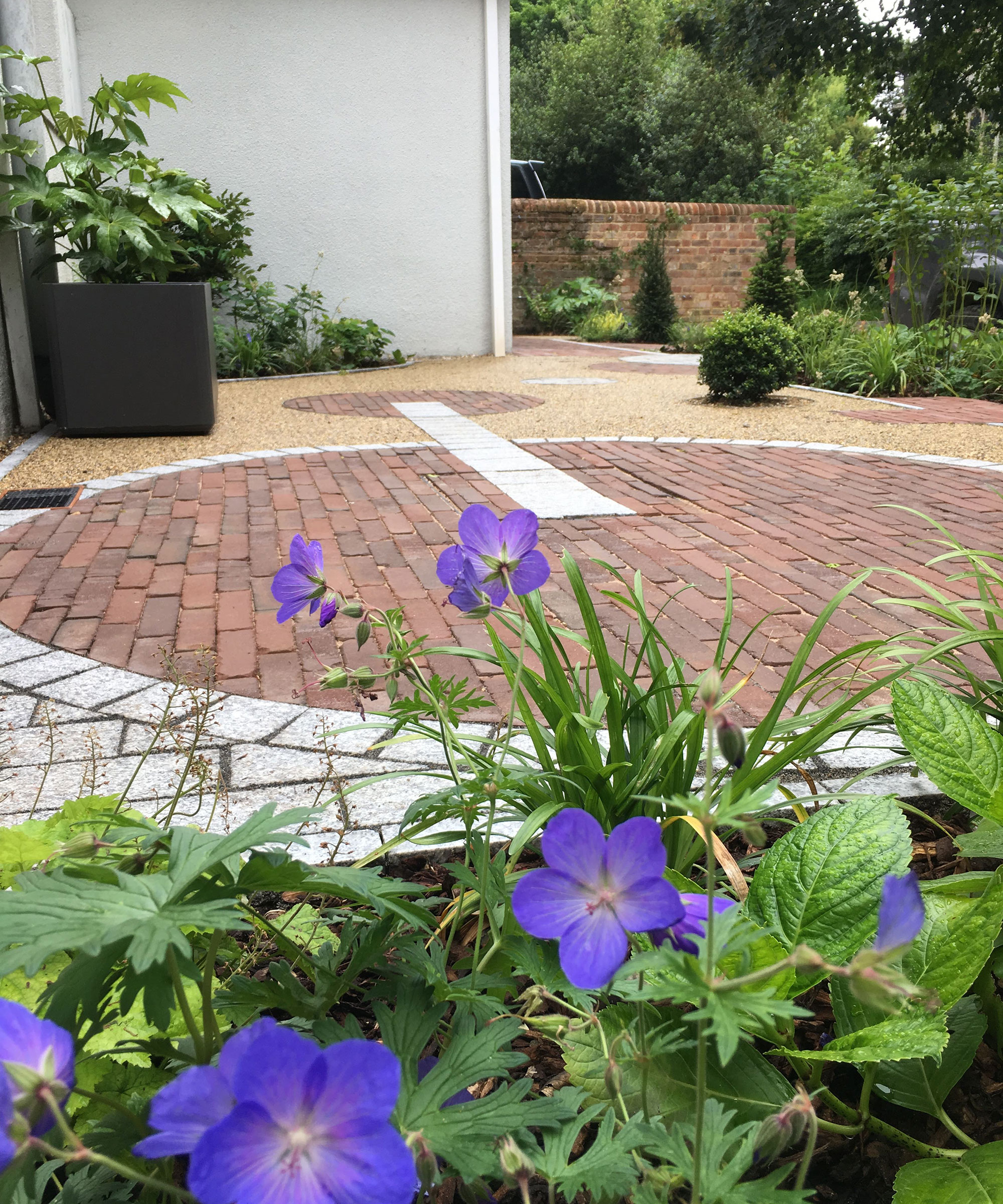
This original design by Jane Jordan uses a series of different sized paved circles
Need to pave a large, flat patio but want to add character and interest? Then try using a mix of different materials and patterns to break up the space.
‘This was a design for a very small front garden,' says designer Jane Jordan. 'Although my clients had a sunny upstairs terrace, they wanted a second, low-maintenance seating area to use in hot weather, so the space had to provide some screening whilst still being attractive and welcoming to visitors approaching the front door. Due to its size, I felt that the paving needed to look as interesting and attractive as the planting. My clients were fans of Kandinsky, so I took inspiration from his 'Circles in a Circle' painting for the design, which included circles composed of different colored and sized pavers connected with lines.’
This look could also work if you're searching for budget patio ideas that are big on style but small on price. Perhaps focus your budget on statement materials for one or two of the paved circles, then pave the rest of the patio with complementary but cheaper materials.
11. Team a round patio with a circular lawn
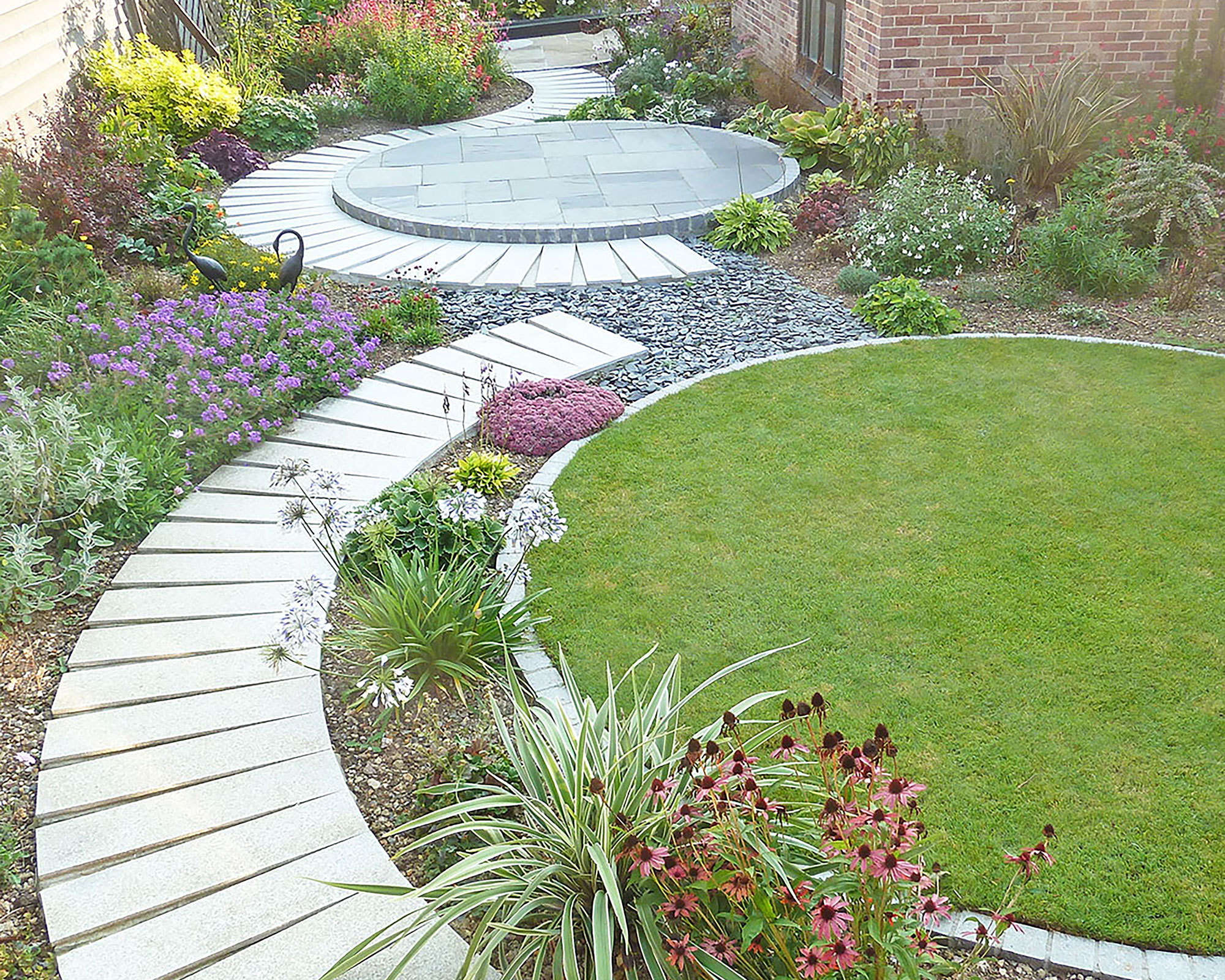
Curving lines and circles are great for adding interest to any plot, regardless of size. Naturally introducing movement, they are great for creating varied planting areas and contrasting sections of paving. They also lead the eye around the space and enable the space to be enjoyed from different viewpoints.
When it comes to good design, less is definitely more, so look for opportunities to keep lines bold and shapes simple. Too many smaller circles and curves can complicate the overall look of a garden and make it feel fussy and unorganised.
Standout textures and materials play a huge part in how visible the geometric layout is. Smooth areas of stone paving or lawn edging with contrasting textures helps to highlight key shapes but use this technique sparingly for impact. Loose, sprawling plants such as agapanthus, phormiums and hostas add further texture, interest and also soften strong lines.
Want to give this look a go in your own plot? Our guide to how to lay a patio has lots of useful info to get you started.
12. Strike a balance between plants and paving
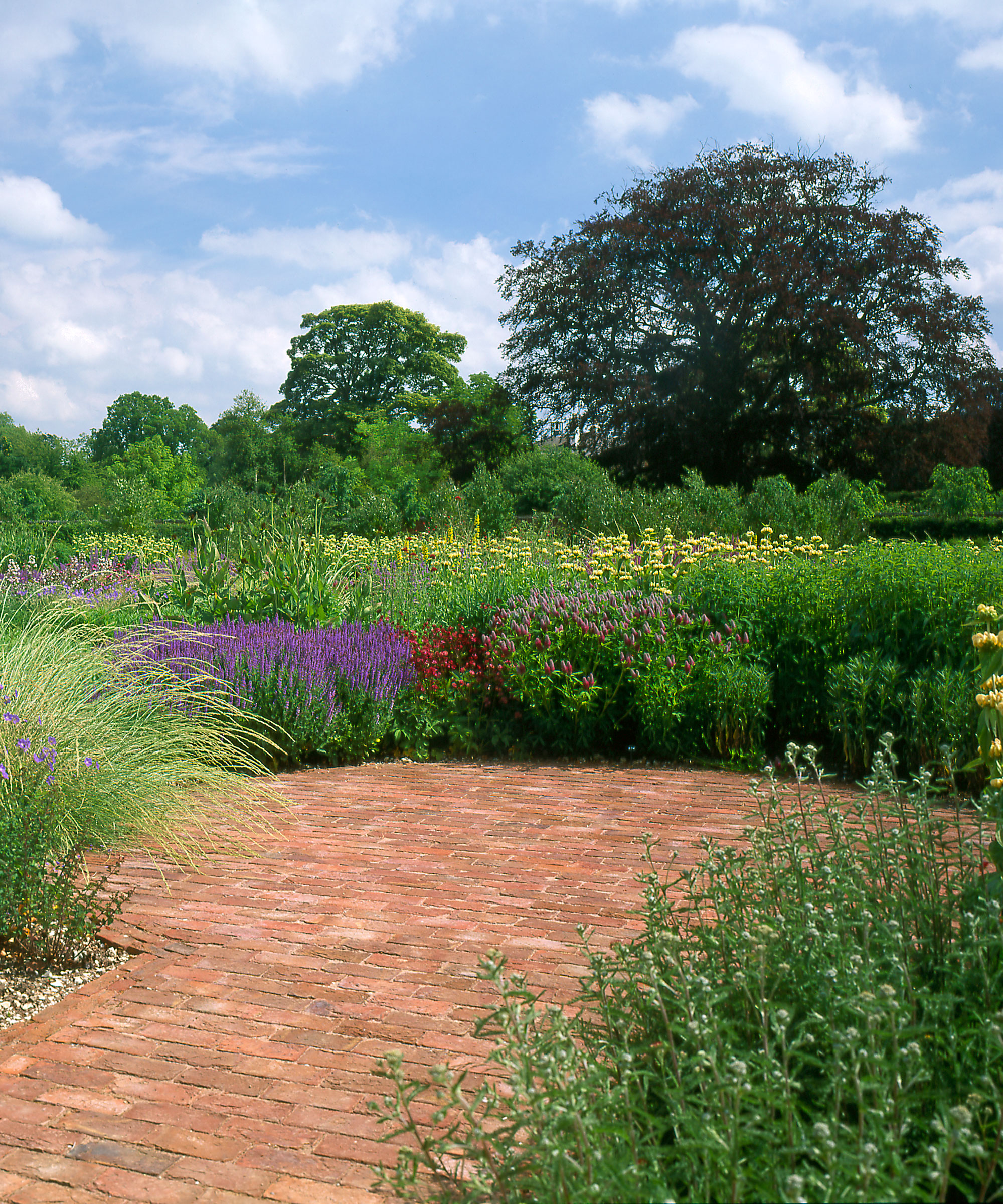
If you are a fan of prairie-style planting, fully immerse yourself – and your friends – by creating a circular patio within a large garden border. What could be better than settling down for dinner or a drink surrounded by swaying grasses and a stunning tapestry of colorful blooms? The simple beauty of a paved circle works effortlessly with the grace and tactile qualities of this rich style of planting.
Creating a hard level area with distinct curved edges is not only practical but creates a striking focal point too. Select a material that you not only love but that adds to the overall look you want to create. Large stone slabs will add weight and sense of space, while smaller brick style pavers work well with cottage garden patio ideas, introducing a richly textured surface that can echo the scale and complexity of the planting. Think about color too, as your choice of stone or brick can also accentuate or tone down surrounding foliage and blooms.
13. Repeat circular shapes in your planting
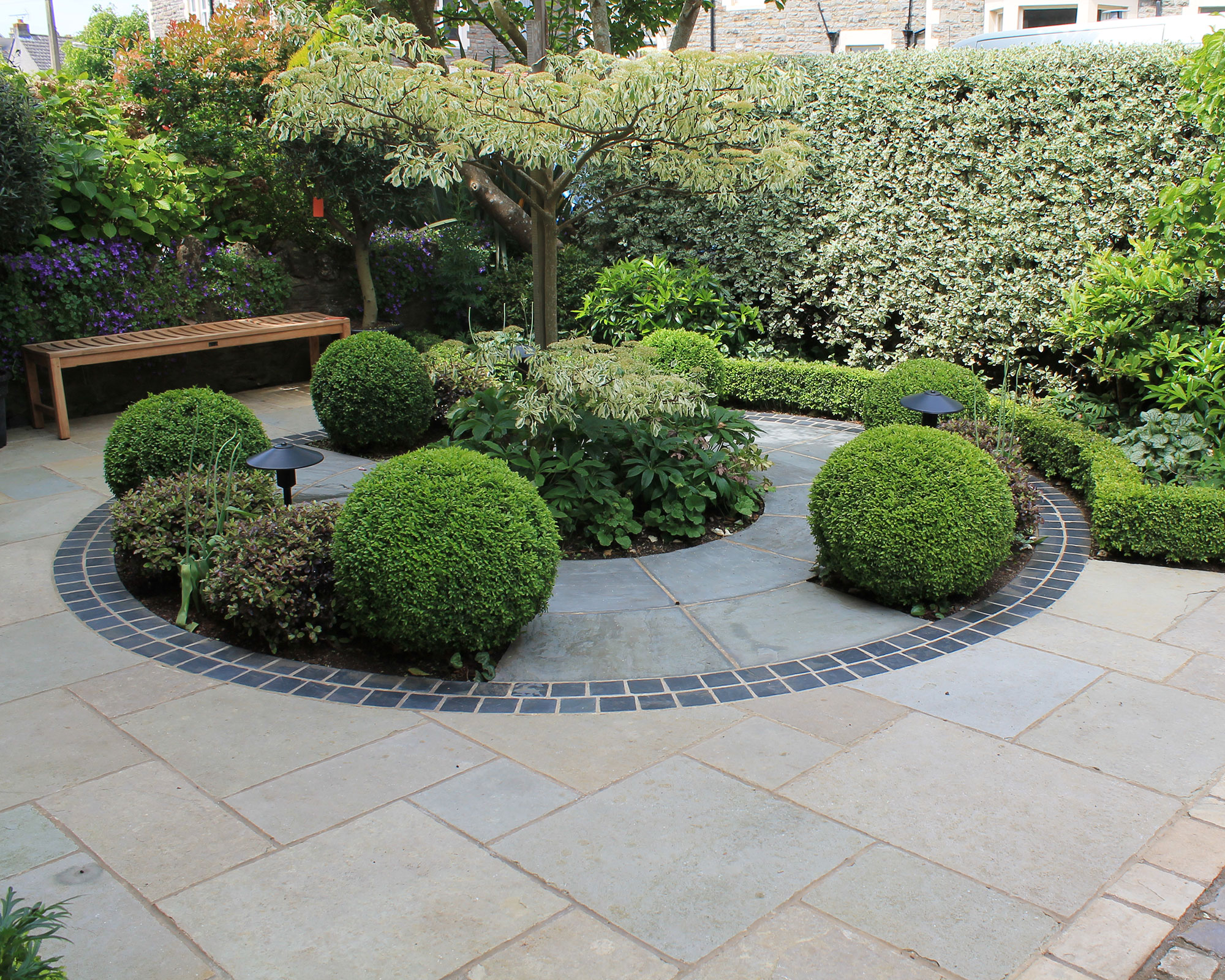
A central circle adds interest to this project by Outerspace Gardens
Evergreens might not be your first thought for patio plants, but they're a great way to guarantee color and texture on your paved space throughout the year, especially if you only have a small space to work with.
In this elegant garden, paving and planting are key. The secluded space features larger flags with a central paved circle. Neatly clipped Box spheres in various sizes highlight the circular design, which is also echoed in a central parasol or roof-shaped tree – try the Wedding Cake Tree (Cornus controversa 'Variegata') for similar – and a curving low clipped hedge wrapping around one side.
14. Emphasize sweeping lines with smooth finishes
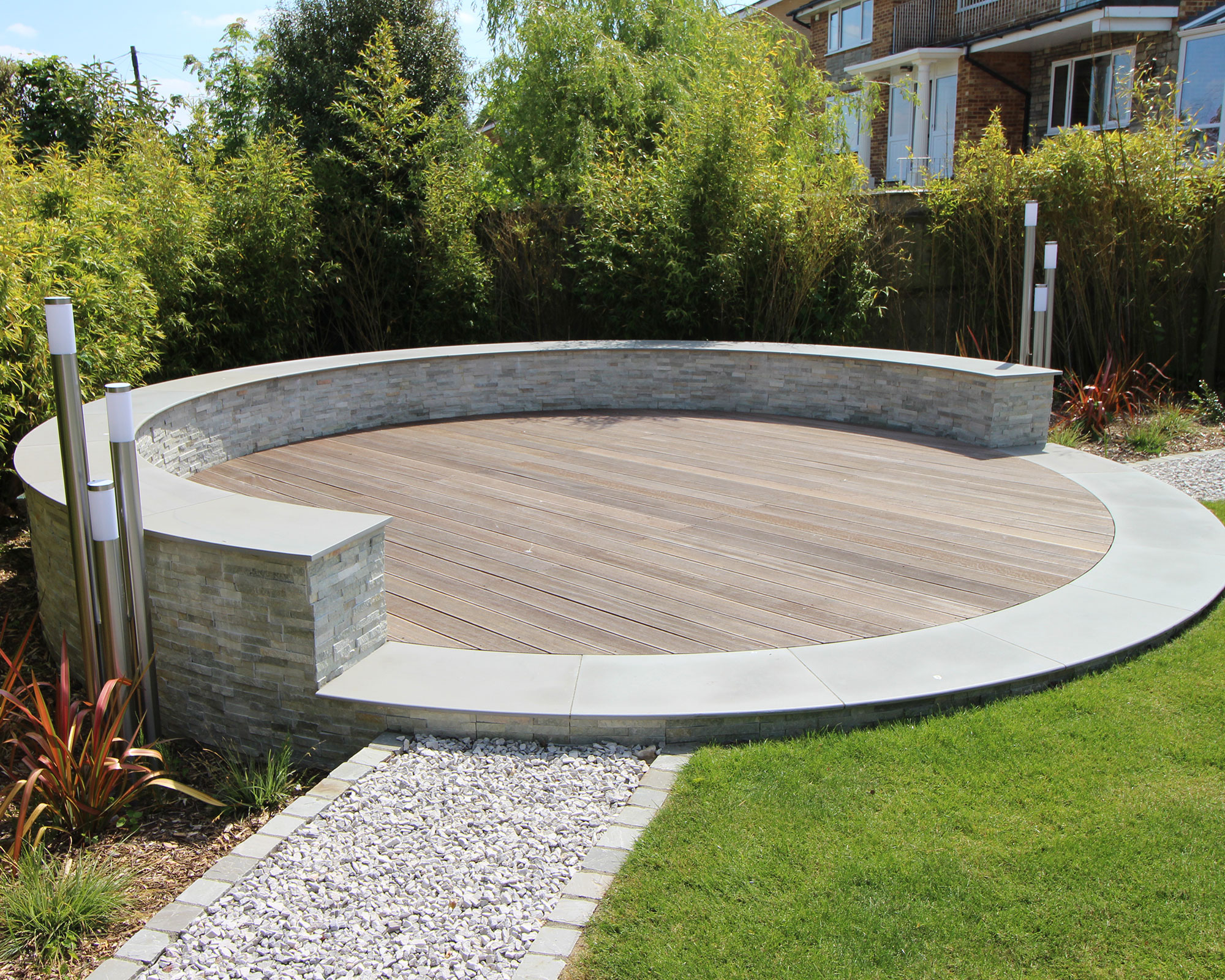
A circular patio can be a good solution for a sloping site. Design by Revitalise Gardens
Not just ideal for creating an attractive seating area, but a circular patio is often the best way to manage a sloping garden and blend hard landscaping with surrounding planting. Add a chunky stone wall that wraps around three quarters or half of the area, finish it with deep stone coping and the result is stunning.
‘This outdoor space was designed to give the customers a flexible leisure area, as well as adding a wow factor to their garden,' says Isaac Hunter from Revitalise Gardens. 'The central hardwood deck gives the clients space to site a table and chairs, or outdoor sofas, but also allows them to have additional seating with the curved seating around it – great for parties and entertaining.’
Adding subtle patio lighting ideas around the edge of your circle means you'll get to enjoy the shape of your design after dark too.
What materials are good for a circular patio?
There are plenty of options when it comes to creating a round outside seating area.
- Decorative gravel with a raised edge – try flexible metal garden edging ideas.
- A timber or composite deck with the boards cut to shape.
- Cobbles laid in a decorative pattern for extra interest.
- A segmented circle in stone or stone-effect concrete pavers.
- Traditional brick pavers.
- Slate tiles or porcelain planks cut to shape.

Jill puts her love of plants and all things garden related down to the hours spent pottering around with her Nan and Grandad when she was little. Today she is lucky enough to have a garden of her own in Surrey, England, and spends much of her time writing about them too.
